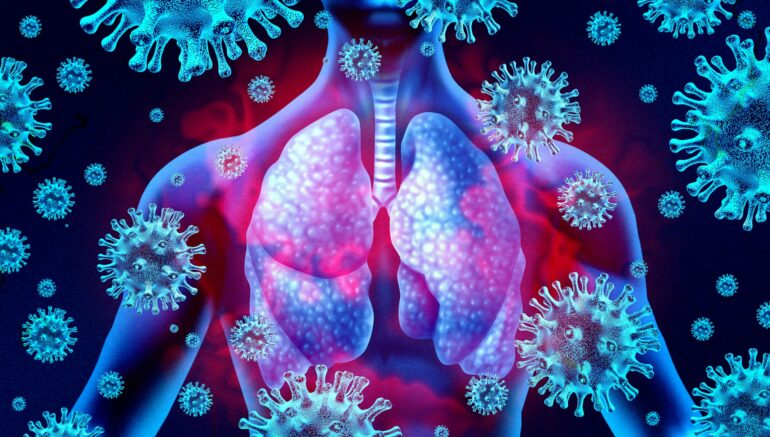Viruses that cause respiratory diseases like the flu and COVID-19 can lead to mild to severe symptoms within the first few weeks of infection. These symptoms typically resolve within a few more weeks, sometimes with the help of treatment if severe. However, some people go on to experience persistent symptoms that last several months to years. Why and how respiratory diseases can develop into chronic conditions like long COVID-19 are still unclear.
I am a doctoral student working in the Sun Lab at the University of Virginia. We study how the immune system sometimes goes awry after fighting off viral infections. We also develop ways to target the immune system to prevent further complications without weakening its ability to protect against future infections. Our recently published review of the research in this area found that it is becoming clearer that it might not be an active viral infection causing long COVID-19 and similar conditions, but an overactive immune system.
Long COVID-19 patients can experience persistent respiratory, cognitive and neurological symptoms.
The lungs in health and disease
Keeping your immune system dormant when there isn’t an active infection is essential for your lungs to be able to function optimally.
Your respiratory tract is in constant contact with your external environment, sampling around 5 to 8 liters (1.3 to 2 gallons) of air – and the toxins and microorganisms in it – every minute. Despite continuous exposure to potential pathogens and harmful substances, your body has evolved to keep the immune system dormant in the lungs. In fact, allergies and conditions such as asthma are byproducts of an overactive immune system. These excessive immune responses can cause your airways to constrict and make it difficult to breathe. Some severe cases may require treatment to suppress the immune system.
During an active infection, however, the immune system is absolutely essential. When viruses infect your respiratory tract, immune cells are recruited to your lungs to fight off the infection. Although these cells are crucial to eliminate the virus from your body, their activity often results in collateral damage to your lung tissue. After the virus is removed, your body dampens your immune system to give your lungs a chance to recover.
An overactive immune system, as in the case of asthma, can damage the lungs.
Over the past decade, researchers have identified a variety of specialized stem cells in the lungs that can help regenerate damaged tissue. These stem cells can turn into almost all the different types of cells in the lungs depending on the signals they receive from their surrounding environment. Recent studies have highlighted the prominent role the immune system plays in providing signals that facilitate lung recovery. But these signals can produce more…



